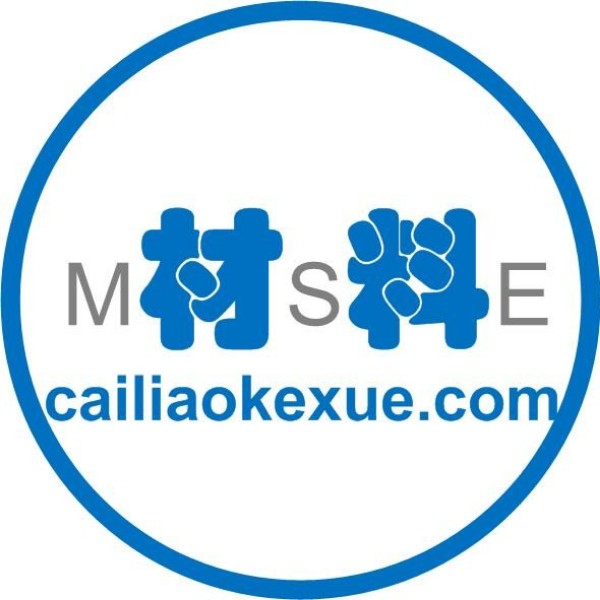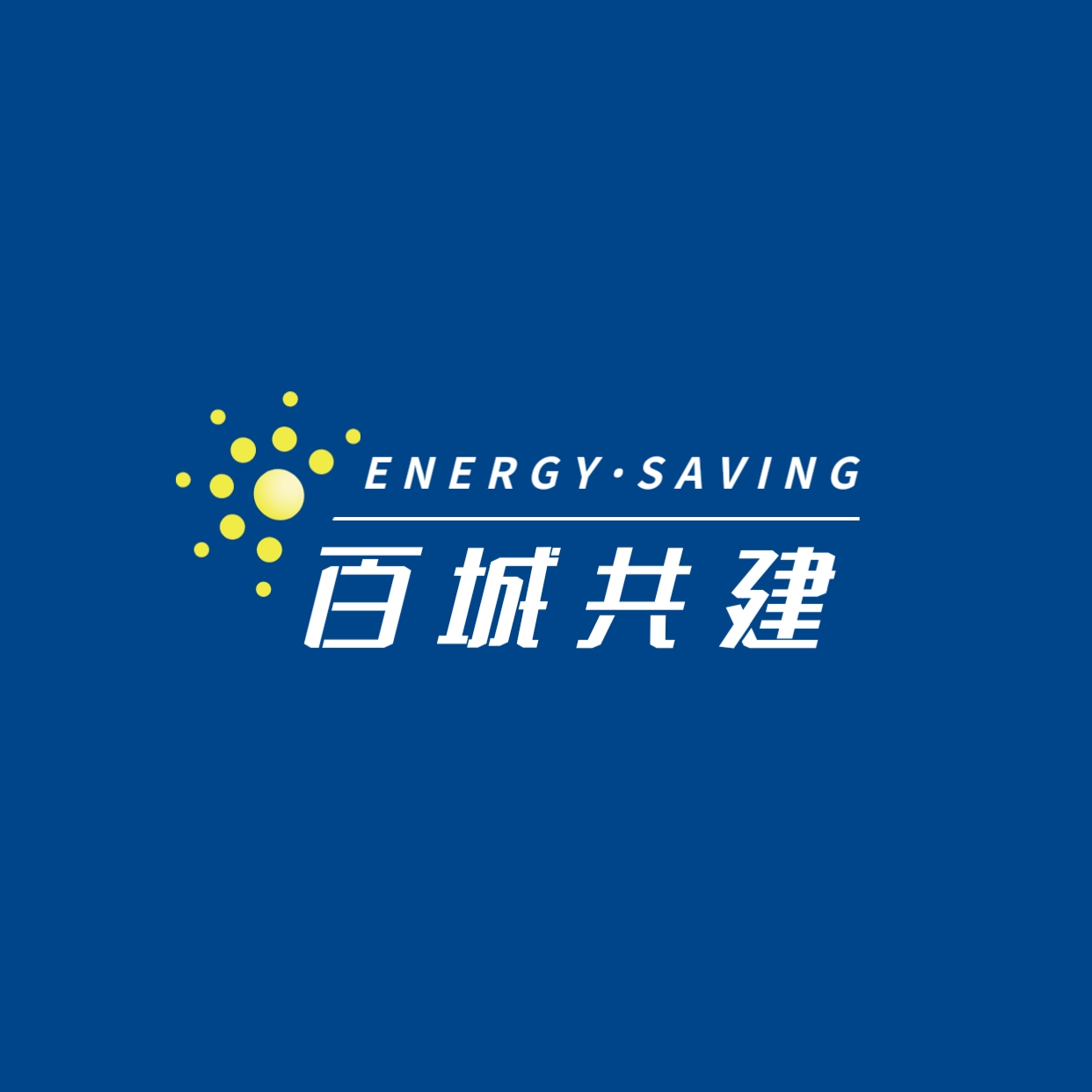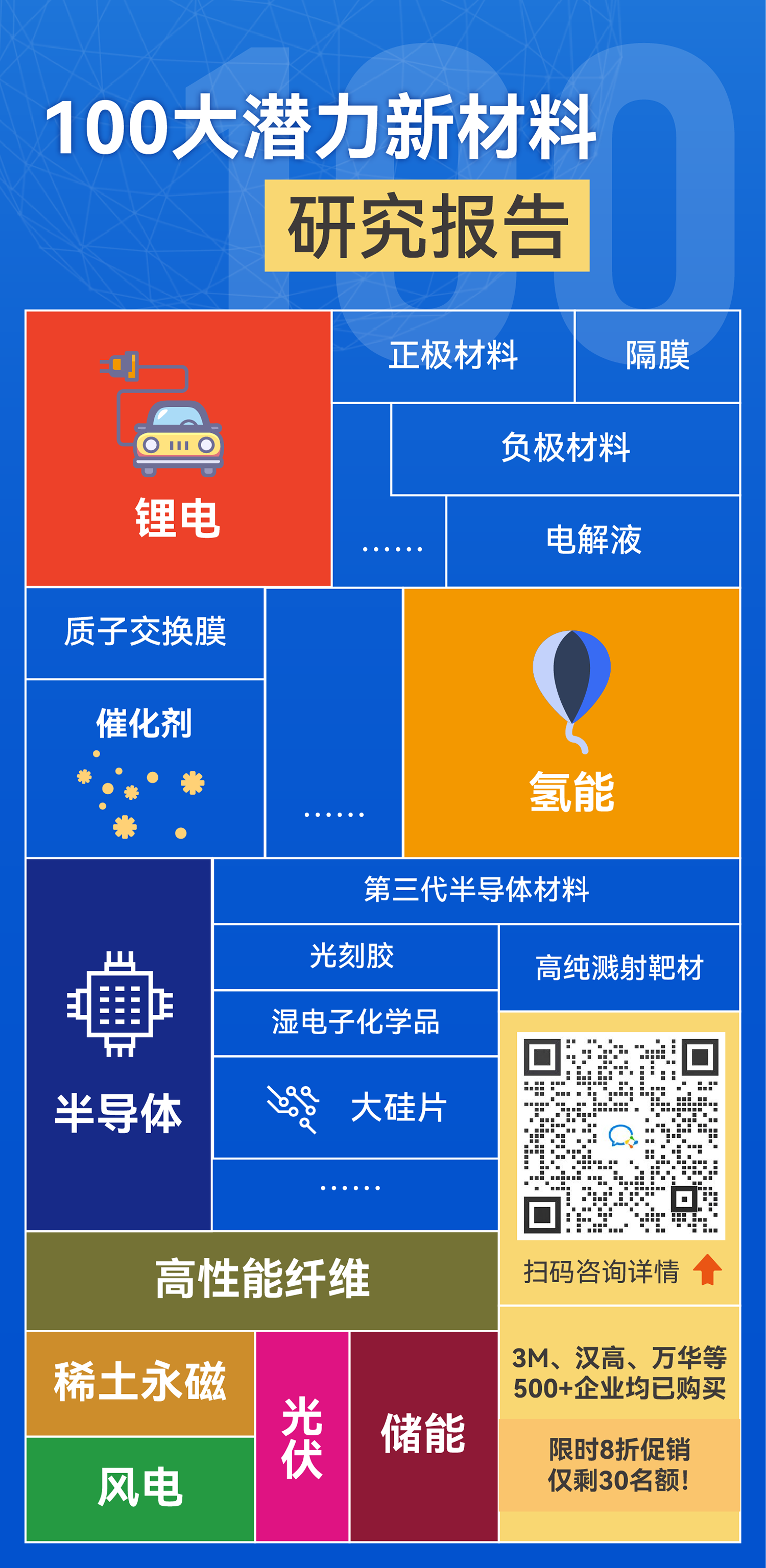





来源:高分子科学前沿|
发表时间:2023-04-25
点击:3751
目前,癌症的主要治疗方式为手术切除、化疗和放疗等,其中手术切除和全身性的化疗仍然是目前最常见的癌症治疗方式。这两种方式虽然能在一定程度上提高患者生存率,但治疗带来的副作用很大,尤其是传统化疗的给药方式产生的副作用更甚。因此,研究人员一直在不断尝试对常规化疗方式进行改进,例如能够增加药物在肿瘤内的富集程度、长期持续作用于肿瘤和减少药物使用剂量的新型药物递送系统是一种有望突破化学疗法局限性的解决方案。将化疗药物包载在具有良好生物相容性的可降解聚合物载体中,通过局部给药注射不仅能提高药物在肿瘤局部的富集作用,也能降低药物对肌体的毒副作用,同时还具有缓释作用使药物持续稳定的作用于肿瘤,进而提高抗肿瘤疗效。
基于此,贵州大学特聘教授刘玉飞/挪威科技大学博士后罗四海/贵州医科大学研究员骆衡团队采用静电喷雾法实现了PBAT/PVP可生物降解中空微球的可控制备,并将其用于抗癌药物的缓释研究。相关研究成果以“Fabrication of biodegradable hollow microsphere composites made of polybutylene adipate co-terephthalate / polyvinylpyrrolidone for drug delivery and sustained release”为题发表在《Materials Today Bio》上,该工作第一作者为贵州大学硕士研究生谢川,通讯作者为贵州大学特聘教授刘玉飞、挪威科技大学博士后罗四海和贵州医科大学研究员骆衡。
Figure 1 SEM images of a1) PBAT, a2) PBAT:PVP = 4:1, a3) PBAT:PVP = 3:2. b1-b6) SEM images of PBAT and PBAT/PVP microspheres at different degradation days. c) Short-term biodegradability of PBAT and PBAT/PVP microspheres in simulated body fluids occurring over 20 days. d) Hole size distribution of PBAT/PVP microspheres at 10 and 20 days of degradation.
PBAT和PBAT/PVP微球经过3周的体外降解,发现这两种微球的降解率分别为15.18%和38.68%,SEM图也发现PBAT/PVP微球的降解程度最大(出现孔洞和碎屑)。经过3周的体外释放实验,添加PVP的微球比纯PBAT微球累积释放厄洛替尼快46.74%。
通过MTT法,发现空白PBAT微球和PBAT/PVP微球有良好的细胞相容性且基本不影响细胞生长。体外抗肿瘤研究表明,共孵育72 h和96 h后Erlotinib@PBAT/PVP对A549细胞的抑制作用比直接加入同等剂量的厄洛替尼更强。
Figure 4 In vitro cell viability of IOSE-80 and A549 cells. (a) Fluorescence images showing the viability of IOSE-80 and A549 cells following the treatment with 4 mg/mL Erlotinib@PBAT and Erlotinib@PBAT/PVP microspheres for 24 h. Green calcein AM fluorescence and red PI fluorescence indicate live and dead cells, respectively. (b) The coculture of IOSE-80 and A549 cells on 24 h after treatment with the Erlotinib@PBAT and Erlotinib@PBAT/PVP microspheres. (c-f) A549 cells incubated with different concentrations of Erlotinib@PBAT and Erlotinib@PBAT/PVP microspheres for 24 h, 48 h, 72 h, and 96 h (*p < 0.05, **p < 0.01, and ***p < 0.001).
细胞实验表明,两种空白微球均具有良好的生物相容性,而负载厄洛替尼的PBAT/PVP微球在72 h后对人非小细胞肺癌A549细胞活性的抑制作用更强。通过动物实验发现,具有缓释效果的Erlotinib@PBAT/PVP微球因能长期维持肿瘤内较高的药物浓度,比直接注射厄洛替尼取得了更好的疗效。
Figure 5 PBAT, Erlotinib, Erlotinib@PBAT and Erlotinib@PBAT/PVP were used to treat tumors in mice. a) Schematic diagram of tumor xenograft experiment in vivo. b) Photos of A549 tumor-bearing mice and excised A549 solid tumors from different treatment groups at day 21. c) Body weight changes. d) Organ index. e) Tumor volume. f) The weight of tumor tissues. (1 = PBS; 2 = PBAT; 3 = Erlotinib; 4 = Erlotinib@PBAT; 5 = Erlotinib@PBAT/PVP) (*p<0.05, **p<0.01, ***p <0.001 and #p>0.05 compared with the Erlotinib@PBAT/PVP group at the corresponding time point).
动物实验进一步证明,在相同的治疗周期注射 Erlotinib@PBAT/PVP 微球的小鼠肿瘤比直接注射剂量相当的厄洛替尼的小鼠肿瘤更小,凋亡肿瘤细胞更多,注射 Erlotinib@PBAT/PVP 微球的组肿瘤组织中Ki67蛋白表达程度显著低于其余各组。
以上研究表明,该课题制备的生物可降解PBAT/PVP微球具有优异的降解性能以及药物缓释性能。
封面来源于图虫创意

“本文由新材料在线®平台入驻媒体号高分子科学前沿提供,观点仅代表作者本人,不代表本网站及新材料在线®立场,本站不对文章内容真实性、准确性等负责,尤其不对文中产品有关功能性、效果等提供担保。本站提醒读者,文章仅供学习参考,不构成任何投资及应用建议。如需转载,请联系原作者。如涉及作品内容、版权和其它问题,请与我们联系,我们将在第一时间处理!本站拥有对此声明的最终解释权。”

